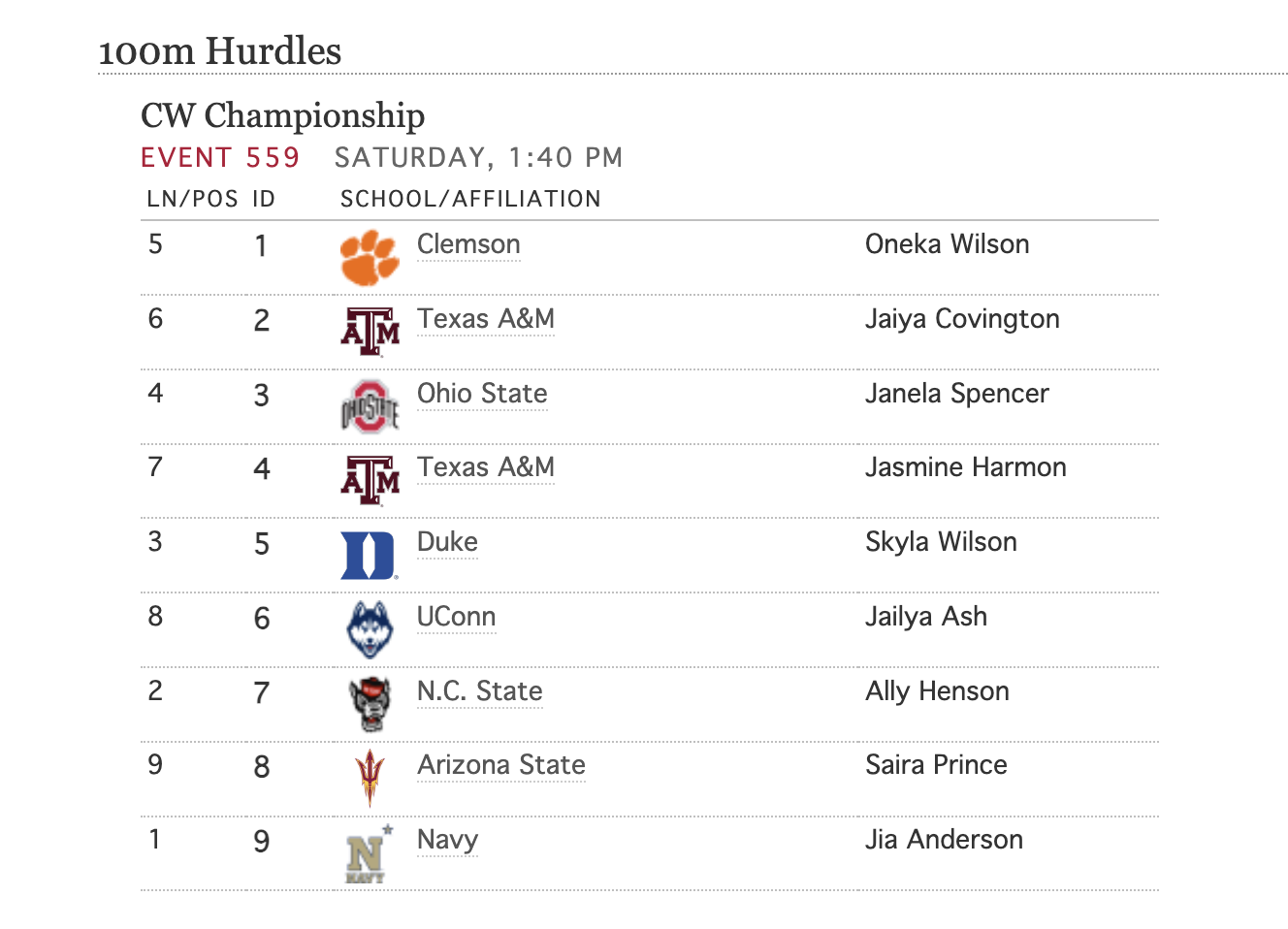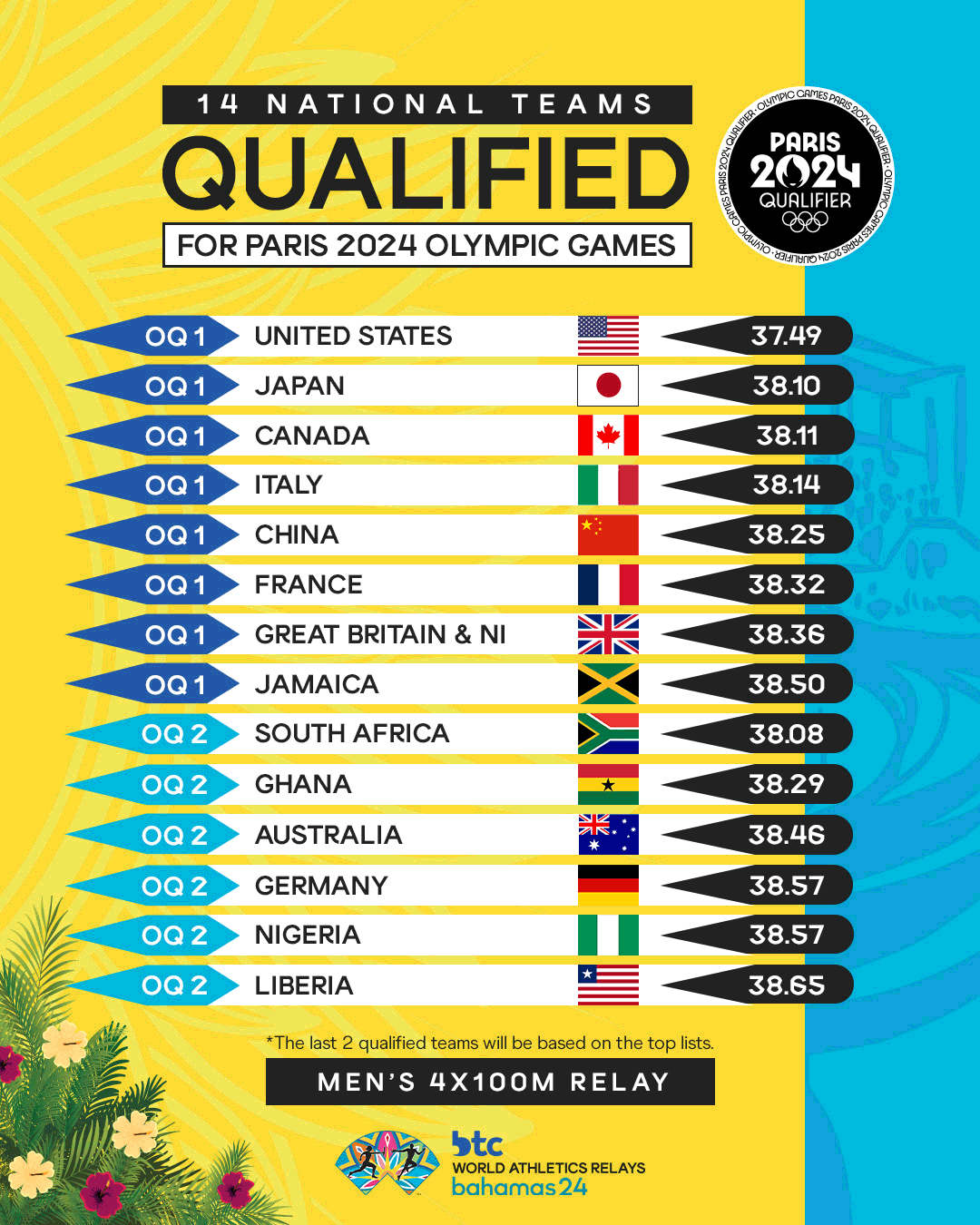I have said it time and again: if the Olympics were to disappear tomorrow I would not shed a tear. I am convinced that the mere existence of the IOC is hampering the development of sports. We have reached a point where the National Olympic Committees are dictating policies to the governments and this hinders evolution. If your sport is not recognised by the IOC, well, good luck: it is bound to remain practically unknown, without funds, a mere pariah. In the meantime the IOC is promoting to olympic glory only those disciplines that are guaranteed to bring sponsors and attract tv time.
But things are getting worse. The all-powerful IOC is becoming more and more political. They have now the power to sanction countries for matters that have nothing to do with sport. And they are doing it in a hypocritical way, letting the international sports federations do the dirty job. So Russian track and field athletes will be absent from Paris, since Lord Sebastian has decided to punish Russia for the war in Ukraine.
But what is the (un?)official position of the IOC on this matter? What is great is that we heard it from the horse's mouth, IOC president, T. Bach himself. The situation is really funny. On March 22, two Russian pranksters had a video call with Bach with one of them pretending to be the chairman of the African Union Commission. During the discussion Bach said that the IOC had set up a review panel aiming at ensuring that Russian athletes who support their government will not take part in the Olympics. He went on to add that, "We have also asked the Ukrainian side to provide us with their knowledge of the behaviour of such (Russian) athletes or officials".
Bach also criticised openly the Games of the Future which were held in Kazan at the end of February. The Games are a multi-event competition of phygital sports. (See this page for more details on "phygital"). He commented on the presence of Kamila Valieva (the Russian figure skater who serves a ban for a doping violation during the 2022 Beijing Olympics) alongside V. Putin at the opening ceremony of the Games. (If you would like to read an account of the Valieva case you can read this article on the Guardian. It is funny that half of the article is devoted to the statements of the chief of USADA, T. Tygart, who is, once more, presenting his anti-russian diatribe: “As we know, Russia has hijacked the Games since 2014 where it was caught red-handed running a state-sponsored doping scheme that robbed clean athletes around the world”). But more importantly, Bach, tricked into thinking that he was speaking to an African official, opposed openly the Friendship Games. They are planned for September, to be held in Moscow and Ekaterinburg, organised by U. Kremlev, the International Boxing Association president. (It goes without saying that once the Games were announced, the IBA was booted out of the Olympic family).
If you wish to learn more about the Friendship games I suggest that you read the very detailed article on the Insidethegames site. We learn among others that Kremlev plans to award money prizes of 40000, 25000 and 17000 $ to the three medalists. (Did that initiative spur Sir Sebastian into announcing a 50000 $ prize for the gold medalists in Athletics during the Olympic Games, an action that won him a reprimand from T. Bach?). Some 70 nations from around the world are expected to participate in the Friendship Games (that were launched by the Soviet Union in 1984 following their boycott of the Los Angeles Olympic Games). When the Friendship Games were announced, Bach reacted saying that “The Russian government accuses us of not maintaining political neutrality. At the same time, this same government is trying to organise a completely politicised sporting event". He urged the "African official" to do something about the Friendship Games saying: "These games are presented by Russia as games of the President of Russia. If you could use your authority to do something for the African states, we would be very, very grateful to you. You must be aware that by taking part in these Friendship Games you are taking sides. The Friendship Games must not endanger the Olympic Games".
He added that "we are categorically opposed to these games. Last year, before the last BRICS Games (you can read the Wikipedia article if you wish to learn more about the BRICS games) in South Africa, we made sure that they had no resonance in the world of sport". And he finished by saying that he is counting on the support of his European counterparts, in particular the vice-President of the European Commission, M. Schinas, who is responsible for sport.
So, as expected, the next prank of the Russian duo was a video call with Bach and Schinas in April, always with a "representative of the African Union". Bach urged the "African official" to contact the (African) National Olympic Committees, but also the governments, asking him to persuade the African nations not to take part in the Friendship Games. The video call ended with a prayer by the "African" to some imaginary, invented gods, with Bach and Schinas participating, supposedly invoking the deities in order to make the "right decision".
One thing is clear, the organisation of Friendship Games is a retaliation of Russia following the punitive measures that were taken against it. Will it endanger the Olympics, given the current geopolitical situation? I do not think so. Should other multisport organisations replace, someday, the Olympics? My opinion on this point is clear: I am not in favour of anything multisport. Many, if not most, federations, have already a wide panel of activities so, already an event focusing on the disciplines of a single federation verges on multisport. Only World Championships per discipline should be the apex of competitions. It is pointless to organise Olympic Games that exhaust local resources (usually for the construction of facilities with no future) and that serve only to filling the coffer of the IOC.
Meanwhile, enjoying the pranks involving the president of the IOC and the vice-President of the European Commission are really telling about the gullibility of people who are deciding for us and it would have been funny were it not for the fact that vice-president Schinas is my compatriot and his salary is being paid by my taxes.







